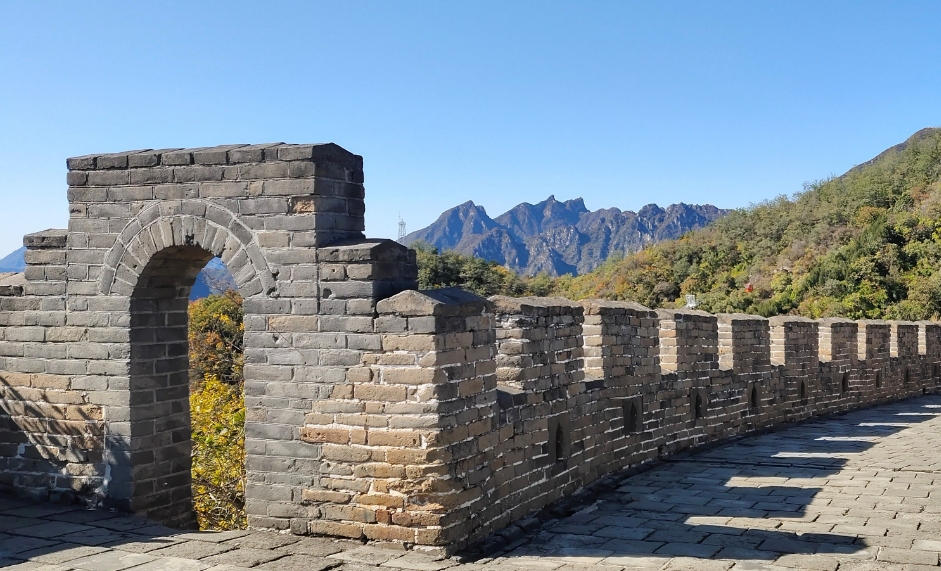
A Timeless Guardian: The History of Mutianyu Great Wall's Construction
Perched atop the rugged mountains north of Beijing, the Mutianyu section of the Great Wall snakes its way across the landscape, a testament to human ingenuity and perseverance. While the more popular Badaling section often takes the spotlight, Mutianyu boasts a history just as rich, if not more so, dating back centuries.
Early Beginnings: The Northern Qi Foundation
The story of Mutianyu Great Wall begins in the tumultuous era of the Northern and Southern Dynasties (420-589 AD). It was during this period, specifically in the mid-6th century under the reign of the Northern Qi dynasty, that the earliest foundations of the Mutianyu section were laid. This early wall, built primarily from rammed earth and local stone, served as a critical defensive barrier against nomadic tribes who frequently raided the fertile lands to the south.
A Ming Dynasty Masterpiece: The Wall We See Today
Centuries passed, and the Northern Qi wall gradually succumbed to the relentless forces of nature and conflict. It was during the Ming dynasty (1368-1644) that the Mutianyu section underwent its most significant transformation. Under the leadership of Emperor Hongwu, the first Ming emperor, and the supervision of his renowned general Xu Da, the Great Wall was to be rebuilt and fortified as a bulwark against the lingering threat of the Mongols.
This ambitious project, commencing in the late 14th century, saw the construction of the Mutianyu section we marvel at today. Using the original Northern Qi wall as a foundation, the Ming builders erected a far more formidable structure. They employed granite blocks, quarried from the surrounding mountains, to construct the wall's core and facing, resulting in a structure of remarkable strength and durability.
Strategic Design and Architectural Significance
The Ming dynasty construction at Mutianyu is notable not just for its robust materials but also for its strategic design and unique architectural elements. The Mutianyu section incorporates numerous watchtowers, strategically placed along its length to provide maximum visibility and defensive capabilities. These towers, some square and others rectangular, boast intricate brickwork and arched doorways, showcasing the architectural prowess of the Ming era.
The wall's design cleverly adapts to the mountainous terrain, rising and falling with the natural contours of the landscape. Steep sections of the wall are characterized by particularly dense concentrations of watchtowers, reflecting the strategic importance of defending these vulnerable points.
A Legacy of Resilience
Today, the Mutianyu section of the Great Wall stands as a testament to the vision and determination of its builders. Having withstood the test of time and the ravages of history, it serves as a poignant reminder of China's rich past and the human capacity for extraordinary feats of engineering and endurance.
Q&A:
1. When was the Mutianyu section of the Great Wall first built?
The Mutianyu section was first built in the mid-6th century during the Northern Qi dynasty.
2. Who oversaw the construction of the Mutianyu section during the Ming dynasty?
General Xu Da, a renowned military strategist serving under Emperor Hongwu, supervised the construction of the Mutianyu section during the Ming dynasty.
3. What is a notable architectural feature of the Mutianyu section?
The Mutianyu section is known for its high density of watchtowers, both square and rectangular, which are strategically placed along the wall and showcase intricate brickwork.